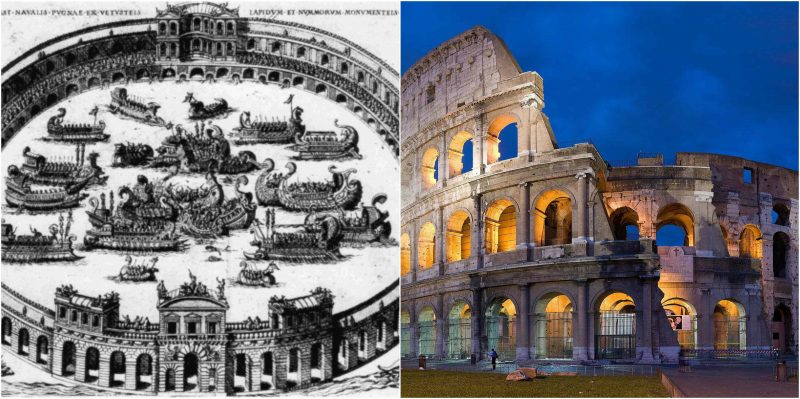The Colosseum is the world’s largest amphitheater and one of the most recognizable symbols of Rome.
Construction of this grandiose building, also known as the Flavian Amphitheater, began in 70 AD by order of the emperor Vespasian. Ten years later, it was completed under the rule of his son, Titus. The building’s opening ceremony in 80 AD was as impressive as the Colosseum itself, lasting for 100 days with games such as animal fighting and gladiator duels.
With dimensions of 513 by 620 feet, the Colosseum held between 50,000 and 80,000 spectators, averaging 65,000 attendants per event — a remarkable number even by today’s standards. Made of concrete and stone, this arena was in use for over 390 years and saw the deaths of more than 400,000 people and nearly a million animals.
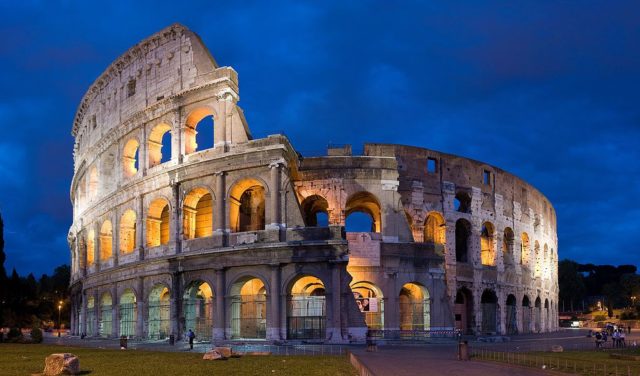
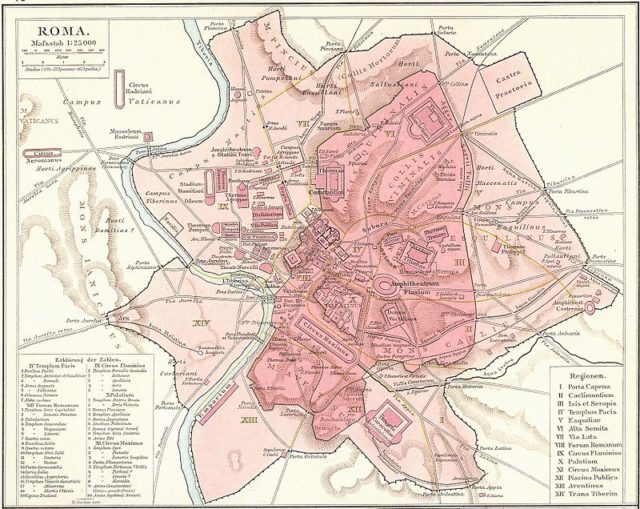
The Colosseum was built by more than 60,000 Jewish slaves, who finished it in just 10 years. The arena was later renovated several times, with underground tunnels (the hypogeum) added by the emperor Domitian to hold animals and slaves, and a red canvas covering installed to shield spectators from rain.
The Colosseum was a venue for more than just gladiatorial games, though, used also for public executions and mythological plays. The Romans would often re-enact famous military victories, with free admission and food for all visitors. Perhaps the most spectacular events at the Colosseum, though, were the mock naval battles in the flooded arena.
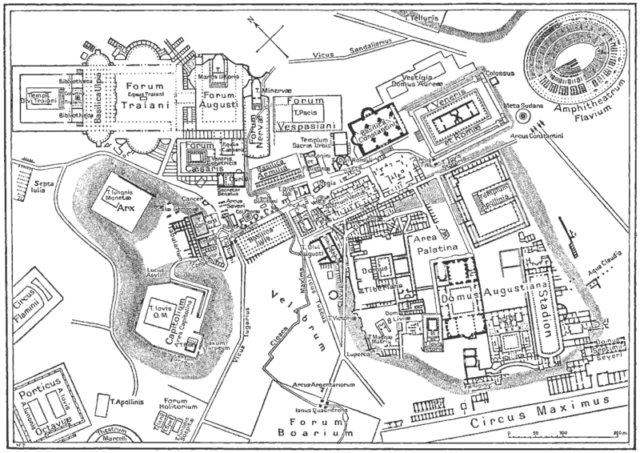
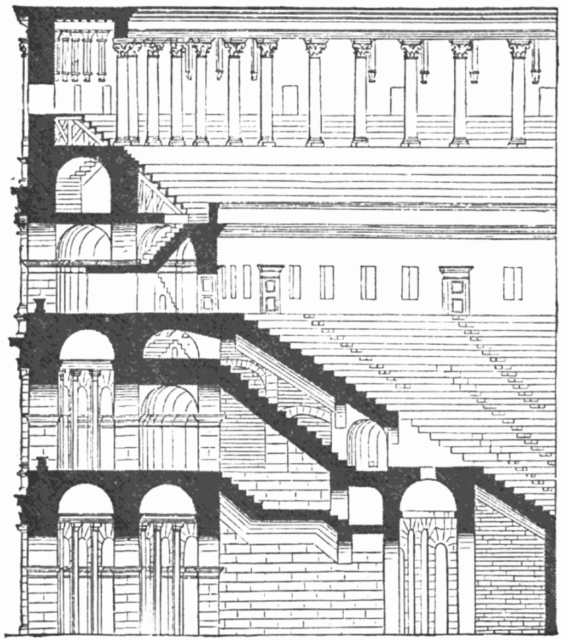

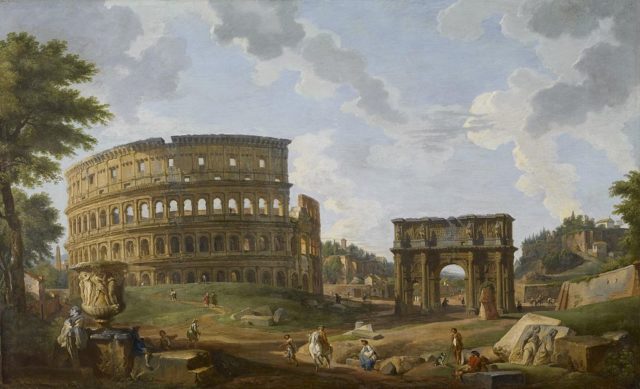
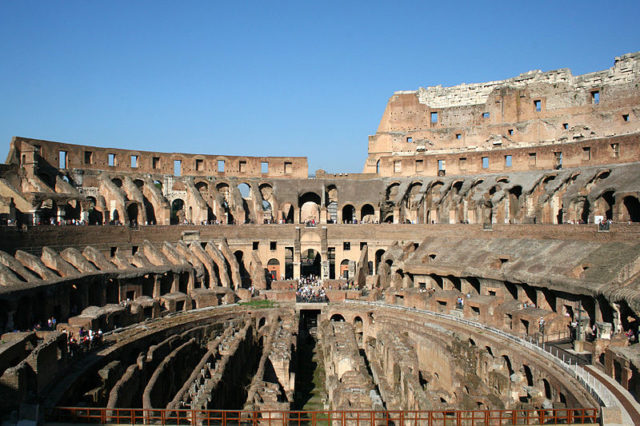
These staged sea battles, called naumachiae, were held in places which could easily be flooded. The first recorded naumachia was organized by Julius Caesar in 46 BC to celebrate his military campaigns in Gaul and Egypt. The dictator ordered a basin to be dug near the river Tiber, where 2000 war prisoners fought against each other to the death. Four thousand rowers were present at the mock battle as well. Later, in 2 BC, they emperor Augustus ordered a similar basin dug by the Tiber, to stage an event with 3000 participants and 30 ships.
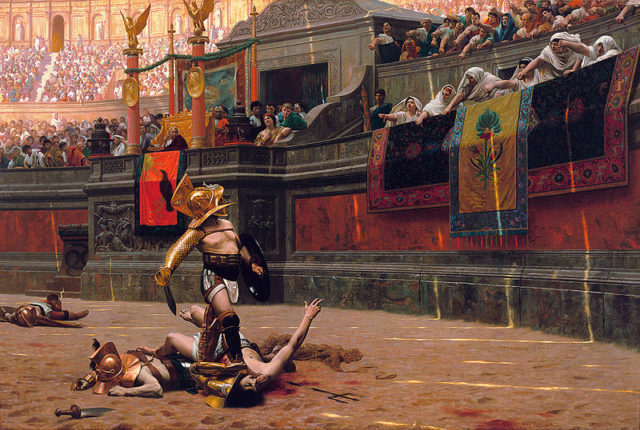
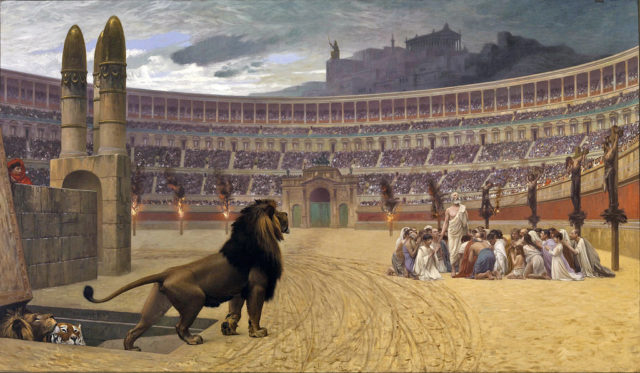
The first naval battle at the Colosseum was held in 80 AD, during the arena’s opening ceremony. Emperor Titus ordered the amphitheater to be flooded and had special flat-bottomed ships designed to accommodate for the shallow water. Historians still don’t know how exactly these sea battles were organized, but the ships used at the arena were likely smaller replicas of real Roman ships.
No physical evidence of naumachiae at the Colosseum remains, but several ancient writers, such as Cassius Dio and Suetonius, described these events. The arena could apparently be filled with water and drained very quickly. The first naumachia at the Colosseum had 3000 combatants and replicated the battle between Athens and Syracuse. There was even an artificial island made in the middle of the arena, where the sailors landed and continued the fights. Another naval battle the Colosseum was documented in 89 AD, orchestrated by emperor Domitian, and this is the latest recorded naumachia in the history.
The first naumachia at the Colosseum had 3000 combatants and replicated an ancient battle between Athens and Syracuse. An artificial island was even built in the middle of the arena, where the sailors would disembark and continue to fight. Another naval battle in the Colosseum was staged in 89 AD by Domitian, which was the last recorded naumachia in Rome.
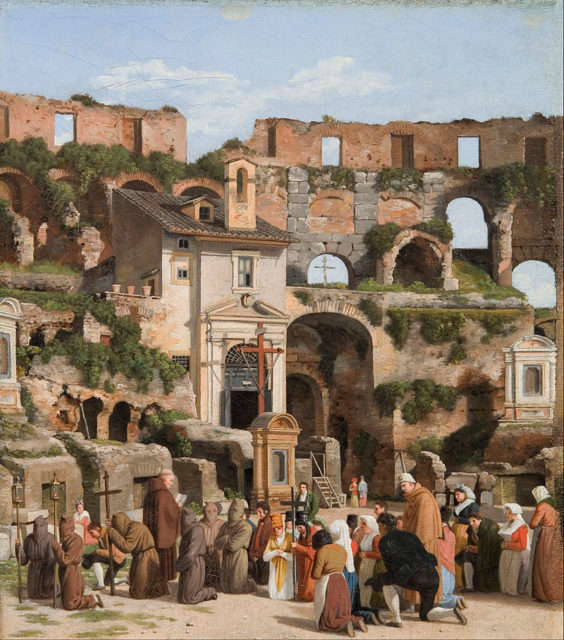
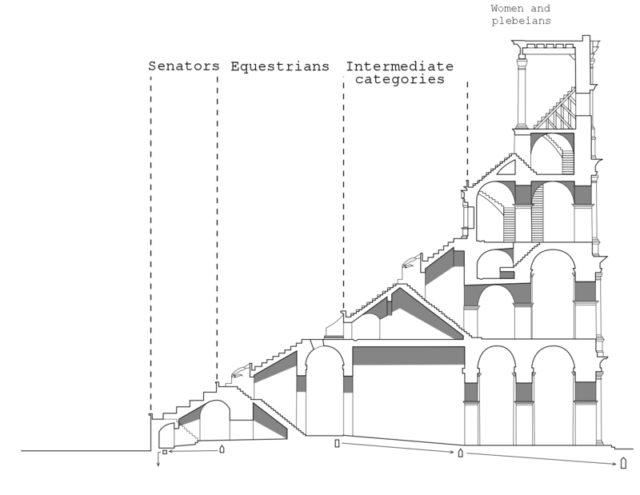
The popularity of staged naval battles decreased significantly over time, and the Colosseum was used mainly for more traditional combat sports. After nearly four centuries of use, the grand arena eventually fell into disrepair, and in the early medieval period, the Romans stopped using it for entertainment purposes. Over the next few centuries, it was used as a quarry, a fortress, a Christian shrine, and a source for building materials.
The amphitheater was partially destroyed by an earthquake in 1349 AD, and time has taken its toll. However, the Colosseum still remains one of the most popular tourist attraction in the Eternal City and a symbol of one of the most powerful empires of all time.
